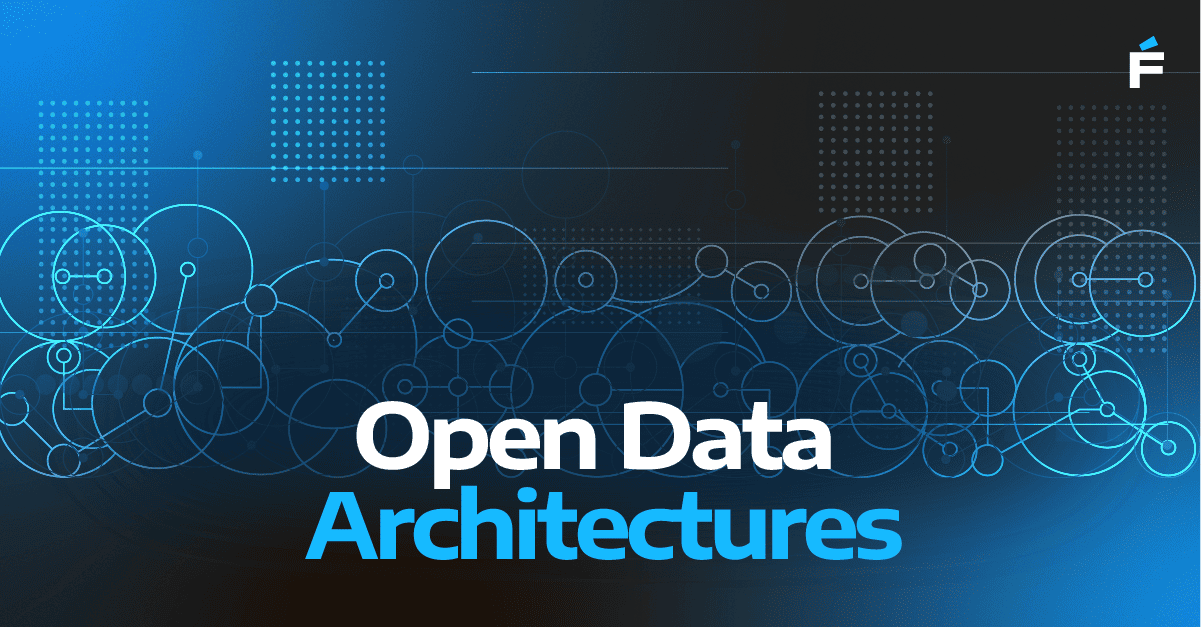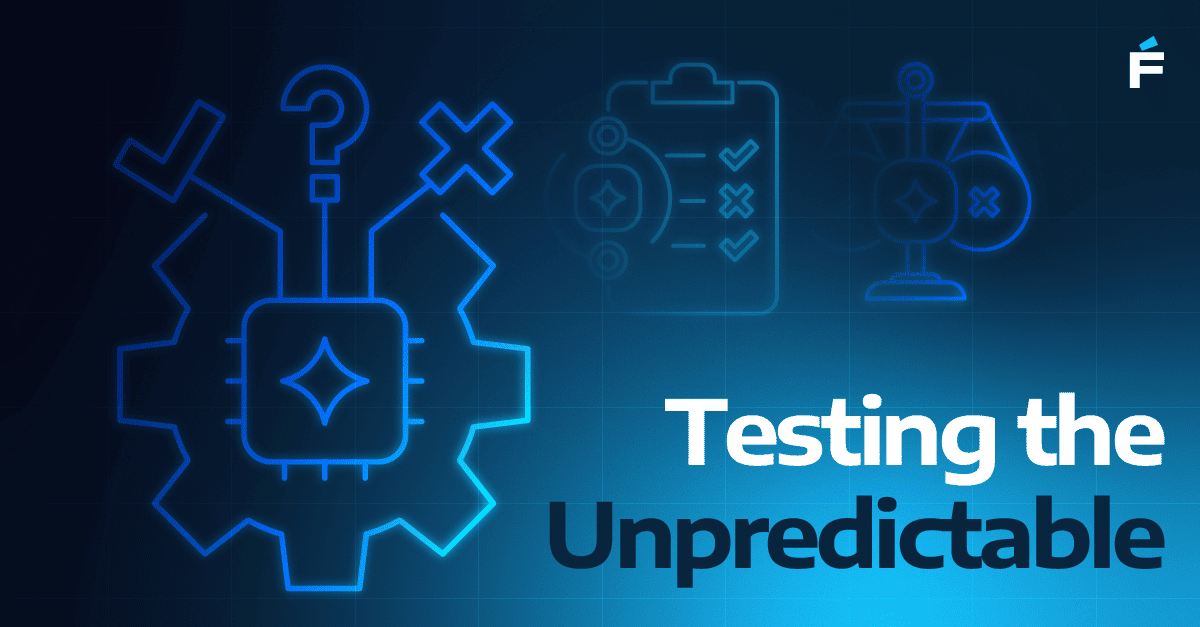Every machine learning project begins with a messy truth: data is rarely complete. Whether it’s dropped fields in user forms, faulty sensors in IoT streams, or missing attributes in legacy systems, real-world datasets almost always contain gaps. And those gaps are costly, reducing model accuracy, distorting insights, and complicating deployment.
At Forte Group, we view missing data not as a nuisance, but as a solvable engineering challenge. With the right tools and a modern approach, organizations can recover the value hidden in incomplete datasets and unlock more accurate, resilient models.
One powerful technique we’ve adopted in data-intensive projects: deep learning-based imputation using autoencoders.
The Problem with Incomplete Data
Let’s break it down:
- Missing data degrades predictive performance. Most ML models aren’t designed to handle nulls or NaNs directly.
- Simply dropping incomplete rows (a common practice) leads to data loss and introduces selection bias.
- Classic imputation techniques, like mean substitution, are too crude, ignoring the rich relationships between features.
- Even popular techniques like k-NN or random forests have limits in sparse, high-dimensional datasets.
So how do we preserve model quality without throwing away valuable data?
Enter Autoencoders: A Smarter Imputation Engine
Autoencoders are a class of neural networks designed to learn efficient representations of data, by attempting to compress and then reconstruct input.
How they work:
- The encoder compresses input features into a dense latent vector.
- The decoder attempts to reconstruct the original input from that compressed representation.
- Training minimizes the reconstruction error, in essence, the difference between the input and its reconstruction.
What makes autoencoders ideal for imputation?
They learn to predict missing values based on the full statistical context of the dataset, not just local proximity or averages.
When trained on clean data, autoencoders internalize the interdependence between features. Then, when an input contains missing values, the network can infer those values during reconstruction, filling in the blanks intelligently.
A Real-World Example: Housing Dataset Imputation
In a benchmark study originally shared by Xyonix, a housing dataset with engineered missing values was used to compare:
- Autoencoder-based imputation
- Random forest-based imputation
- Simple statistical baselines (mean, median)
The setup:
- Several features were selectively masked.
- Models were evaluated on how well they reconstructed the original values.
- Error rates (like RMSE and MAE) were measured across methods.
The results:
Autoencoders outperformed random forests by a factor of 3x to 6x in key features, especially in variables with nonlinear dependencies. Why? Because they could learn multi-feature relationships, not just decision trees between isolated variables.
Comparing Imputation Strategies
|
Method |
Pros |
Cons |
|
Mean / Median |
Fast, easy to implement |
Ignores inter-feature relationships; underperforms |
|
K-NN |
Uses neighboring points |
Struggles in high-dim spaces; sensitive to distance metrics |
|
Random Forests |
Handles mixed data types, some nonlinearity |
Computationally heavier; biased in sparse data |
|
Autoencoders |
Captures deep patterns; scalable to large data |
Requires tuning, more compute during training |
Forte Group’s Framework for Smart Imputation
When clients face missing data challenges, here’s how we integrate autoencoders into a reliable pipeline:
1. Missingness Profiling
We analyze the pattern of missing data:
- MCAR (Missing Completely at Random)
- MAR (Missing at Random)
- MNAR (Missing Not at Random)
This helps shape the choice of strategy and assess bias risk.
2. Simulated Evaluation
We mask portions of clean data to simulate missingness and benchmark multiple imputation methods, scoring them on accuracy, robustness, and model impact.
3. Autoencoder Design & Training
We train a deep or denoising autoencoder on the available complete data, tuning architecture, dropout, and latent space size to optimize reconstruction.
4. Context-Aware Reconstruction
At inference time, we pass partially missing inputs through the encoder/decoder network to estimate missing values—leveraging learned statistical structure.
5. Model Integration
Reconstructed values are fed into downstream ML models. We monitor the impact on target prediction performance, not just imputation RMSE.
6. Monitoring & Retraining
As data changes, so do relationships. We periodically retrain the imputation model to ensure reliability over time.
Use Cases Where Autoencoder Imputation Shines
- Healthcare: EHRs often have sparse fields, and autoencoders can fill in vitals, diagnoses, or lab values based on latent patterns.
- Finance: Transaction records with missing metadata can be restored using learned relationships across merchant codes, amounts, and timestamps.
- Manufacturing & IoT: Sensor dropouts in time-series data can be reconstructed using denoising autoencoders.
- Surveys & NLP: Partially completed forms or language inputs can be inferred for personalization or analysis.
What About Categorical Data?
Autoencoders typically excel with numerical data, but categorical fields can still be included by:
- One-hot encoding categories before training.
- Embedding categories into vector space and decoding from latent space.
- Or using hybrid models (e.g., combining autoencoders with tree-based imputers).
At Forte Group, we often blend autoencoder outputs with other models to get the best of both worlds, deep learning nuance and rule-based robustness.
What Organizations Gain from This Approach
|
Benefit |
Value |
|
Reduced model bias |
Avoid skew introduced by simplistic imputation |
|
Improved downstream performance |
Better training input = stronger predictions |
|
Scalability |
Works on high-dimensional, complex datasets |
|
Flexibility |
Imputation becomes part of a broader feature engineering and ML lifecycle |
Conclusion: Elevating Your Data Integrity with Autoencoders
Missing data is not a blocker anymore. With modern tools like autoencoders, organizations can treat incomplete datasets as solvable puzzles, not liabilities.
By embedding learned representations into the imputation process, you're not just guessing, but rebuilding intelligently, based on the true structure of your data.
At Forte Group, we help our clients modernize their data stack, from ingestion and quality assurance to advanced ML workflows. Imputation with autoencoders is just one of the ways we turn fragmented data into actionable, production-ready insight.
Curious about where autoencoders fit in your pipeline?
Let’s start a conversation about elevating your data quality and unlocking smarter ML results.




